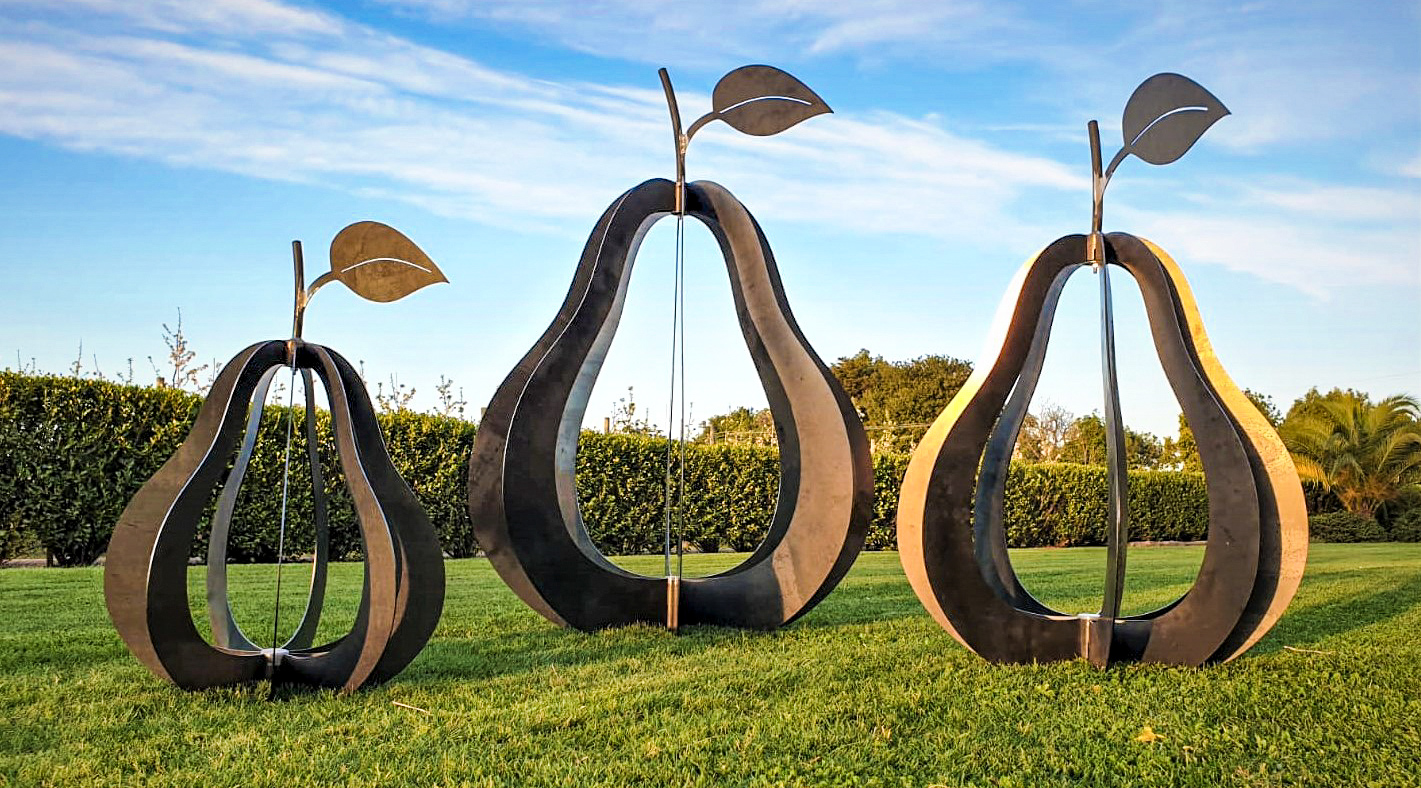Sustainability in Garden Art: A Green Approach
As we cultivate our gardens and nurture creativity, it’s crucial to embrace a sustainable approach to garden art. By incorporating eco-friendly practices, we not only contribute to a healthier environment but also ensure the longevity of our artistic endeavors. Consider the following sustainable strategies:
1. Eco-Friendly Materials
Opt for garden art crafted from sustainable garden art and recycled materials. Many artists and manufacturers now prioritize eco-friendly options, such as reclaimed wood, recycled metal, and sustainable stone. Choosing these materials aligns your artistic expression with a commitment to environmental stewardship.
2. Native Plant Integration
Enhance the ecological balance of your garden by incorporating native plants around your art installations. Native flora supports local biodiversity, attracting pollinators and creating a symbiotic relationship between nature and art. This approach not only adds a natural touch to your garden but also promotes sustainability.
3. Solar-Powered Lighting
Illuminate your garden art with solar-powered lighting solutions. This eco-conscious choice reduces the reliance on traditional energy sources and harnesses the power of the sun to showcase your art after dark. Solar lights are not only sustainable but also add a magical ambiance to your outdoor space.
4. Rainwater Harvesting for Maintenance
Consider implementing a rainwater harvesting system to maintain your garden art. Collecting rainwater in barrels or other containers provides a sustainable water source for cleaning and nurturing your plants. This practice reduces reliance on municipal water sources and contributes to water conservation efforts.
Educational Initiatives: Inspiring Future Generations
Engage in educational initiatives that promote the appreciation of garden art and sustainable practices. By sharing knowledge and fostering a sense of responsibility, we can inspire future generations to become stewards of both art and the environment. Explore the following ideas:
1. School Outreach Programs
Collaborate with local schools to organize garden art-focused outreach programs. Invite students to explore the intersection of art and nature through guided tours, hands-on workshops, and educational sessions. This fosters a love for creativity and instills the importance of environmental consciousness.
2. Community Gardening Workshops
Host community gardening workshops that emphasize sustainable practices in both gardening and art. Bring in experts to share insights on eco-friendly materials, water conservation, and the benefits of native plants. These workshops empower individuals to make environmentally conscious choices in their own outdoor spaces.
3. Art in Nature Classes
Integrate art into nature education by offering classes that combine artistic expression with ecological awareness. Teach participants how to create their own garden art while instilling a deep appreciation for the natural world. This interdisciplinary approach nurtures a holistic understanding of the environment.
4. Garden Art Scholarship Programs
Support aspiring artists and environmentalists by establishing scholarship programs focused on garden art and sustainability. These initiatives encourage students to explore the intersection of art and ecology, fostering a new generation of creative minds dedicated to preserving the beauty of our planet.
Conclusion: A Sustainable Legacy of Garden Art
As we embark on this journey of garden art, let us not only create beauty in the present but also sow the seeds for a sustainable legacy. By embracing eco-friendly practices, sharing knowledge, and inspiring future generations, we contribute to a flourishing tapestry of art that harmonizes with the environment. Let your garden be a living testament to the delicate balance between artistic expression and ecological responsibility, leaving a lasting impact on both nature and those who follow in our creative footsteps.